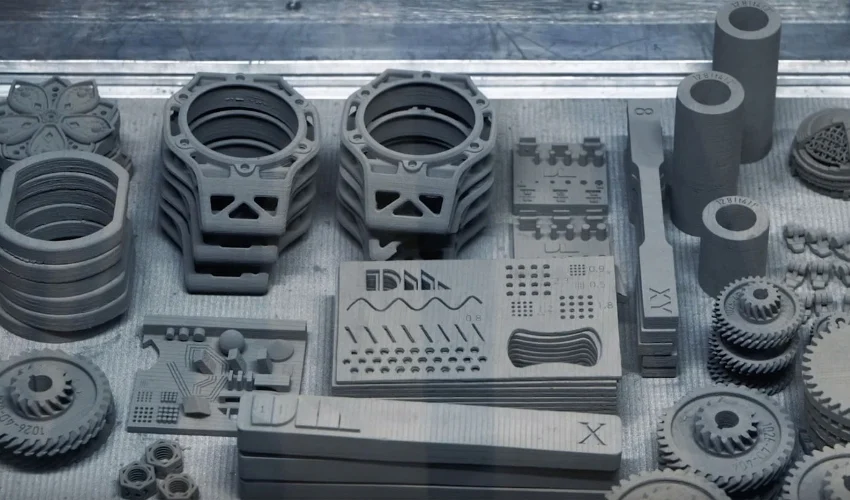
- arrow_back Home
- keyboard_arrow_right Technology
Advancements in Carbon Fibre as 3D Print Filament for Car Parts

Technology Chris Wyatt 8 June 2024
Hey there, fellow innovation enthusiast! Let’s delve into the exciting world of 3D printing in the automotive industry. In today’s article, “Advancements in Carbon Fibre as 3D Print Filament for Car Parts”, we’re going to navigate the landscape of cutting-edge technology and materials, like carbon fibre, being adapted to create highly durable and efficient car parts. Buckle up as we explore why carbon fibre has emerged as the preferred choice for 3D printing filaments in automotive production, and how this advancement is set to accelerate the future of transportation. [Article Introduction]
Have you ever wondered what’s the best 3D print filament to create high-quality car parts? In recent times, advancements in 3D print technology have broadened the possibilities for the automobile industry, especially with the use of carbon fibre. Let’s dive deeper into how carbon fibre as a 3D print filament is revolutionizing the way car parts are made, adding more design flexibility, reducing costs, and providing superior performance.
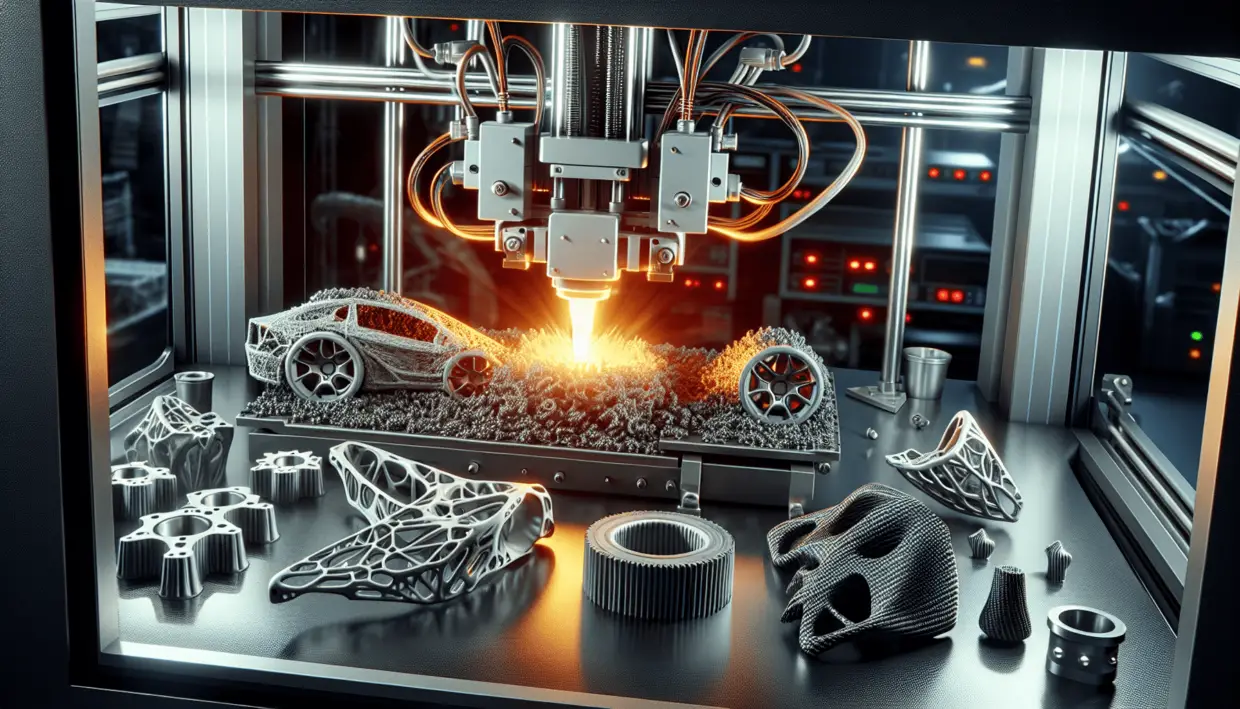
What is Carbon Fibre?
Before we delve into the nitty-gritty of carbon fibre’s role in 3D printing, let’s first understand what it is. Carbon fibre is an extremely strong and lightweight material known for its high-strength-to-weight ratio, making it a popular choice in the aviation industry, sports, luxury cars, and now increasingly in 3D printing.
It’s composed of thin strands of carbon atoms bonded together in crystals that align parallel to the long axis of the fibre. This alignment makes the fibres incredibly strong for their size.
Carbon fibre reinforced polymers (CFRPs) are composites made by combining carbon fibre with a polymer matrix. They offer high structural integrity and excellent thermal properties, making them particularly suitable for automotive applications.
Advancements in Carbon Fibre as a 3D Print Filament
The use of carbon fibre as a 3D print filament is a relatively new, yet highly promising field. The advancements in this technology are enormously beneficial to the automobile industry and more specifically to the production of car parts.
Improved Strength and Durability
One significant advancement in the use of carbon fibre as a 3D print filament is the improvement in the strength and durability of printed parts. Carbon fibre filaments alter the characteristics of the printed parts, making them stronger, stiffer, and more robust. This property is especially desirable when printing car parts, as these need to withstand various stresses and strains.
Reduced Weight
Another remarkable advancement is the considerable reduction in weight that carbon fibre 3D printed car parts offer. The high strength-to-weight ratio of carbon fibre makes it an ideal choice for automobile parts where weight reduction plays a crucial role in fuel efficiency and performance.
Most Suitable Filament for High Performance Applications
Given the combination of high strength, durability, and low weight, carbon fibre filaments are perfectly suited for high-performance applications, including car parts. In fact, it’s fast becoming the preferred choice in the automotive sector, especially in the racing or luxury car segments.
Increased Design Flexibility
Further, 3D printing with carbon fibre offers unprecedented design flexibility. This technology allows for complexity in design that would be impossible or very costly with traditional manufacturing methods.
Best Practices for Printing Car Parts with Carbon Fibre
While carbon fibre does promise a ton of benefits and superior properties for 3D printed car parts, it’s important to bear in mind certain best practices to maximize its advantages.
Use a High-Temperature Printer
Given its properties, carbon fibre filament typically requires high temperatures for proper extrusion. You’ll need to use a 3D printer capable of reaching these high temperatures for effective use of carbon fibre filament.
Ensure Proper Bed Adhesion
Bed adhesion is critical for successful 3D printing with carbon fibre. Use a bed adhesive to ensure the first layer sticks well to the bed, preventing it from warping or detaching during the printing process.
Manage Print Speed
You might want to consider printing at a slower speed when using carbon fibre filament. Slower print speeds can help ensure stronger, more reliable results, particularly beneficial for car parts that need to be sturdy and robust.
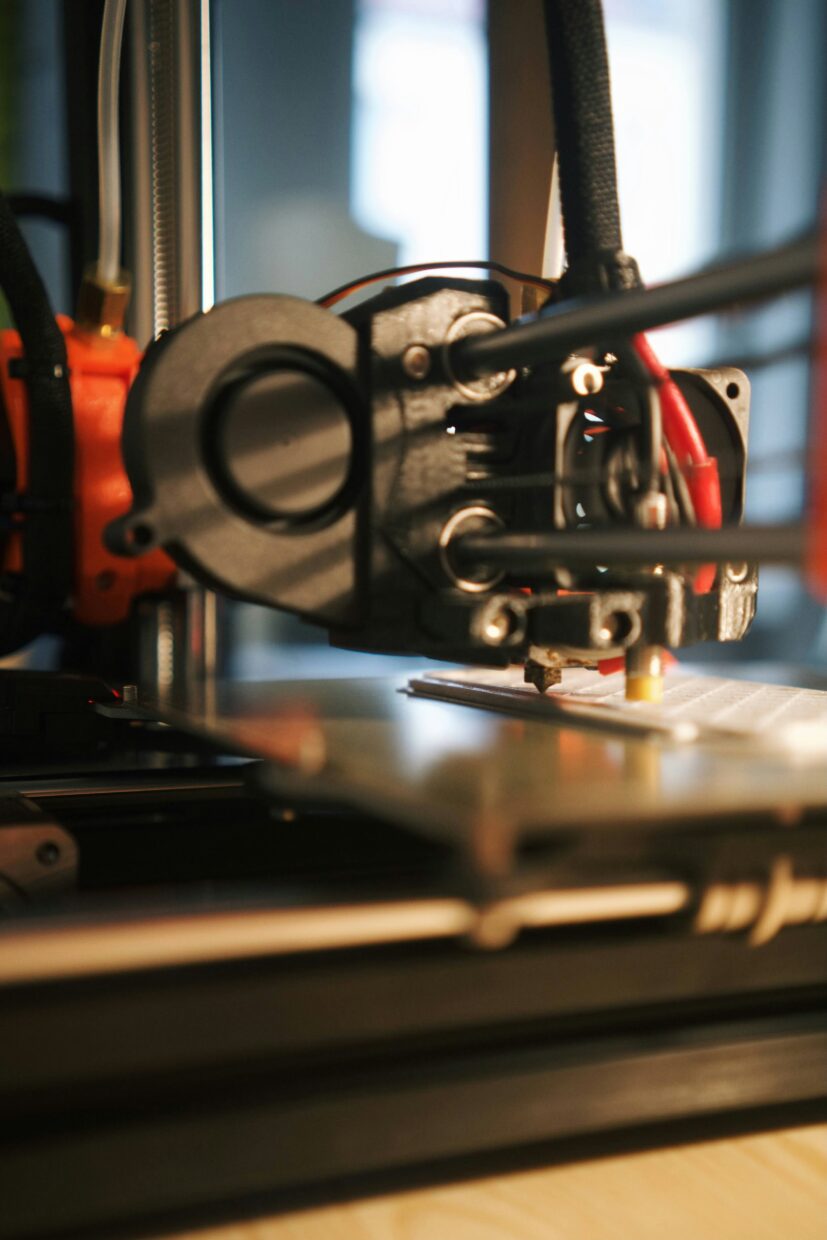
Future of Carbon Fibre in 3D Printing Car Parts
The advancements in carbon fibre as a 3D print filament have only just begun. As the technology evolves, it’s likely we’ll see even greater use of carbon fibre in 3D printing, especially within the automotive industry.
Greater acceptance and use of this technology will undoubtedly drive future innovations in car manufacturing, potentially changing the way cars are built and driving the automobile industry towards a more sustainable future.
In conclusion, carbon fibre as a 3D print filament for car parts is an exciting development in the automotive industry. These advancements offer great promise for cars made with superior strength, durability, and performance, whilst also offering greater design flexibility and sustainability.
So the next time you ponder over the best 3D filament to print car parts, remember- Carbon Fibre is indeed a game-changer!
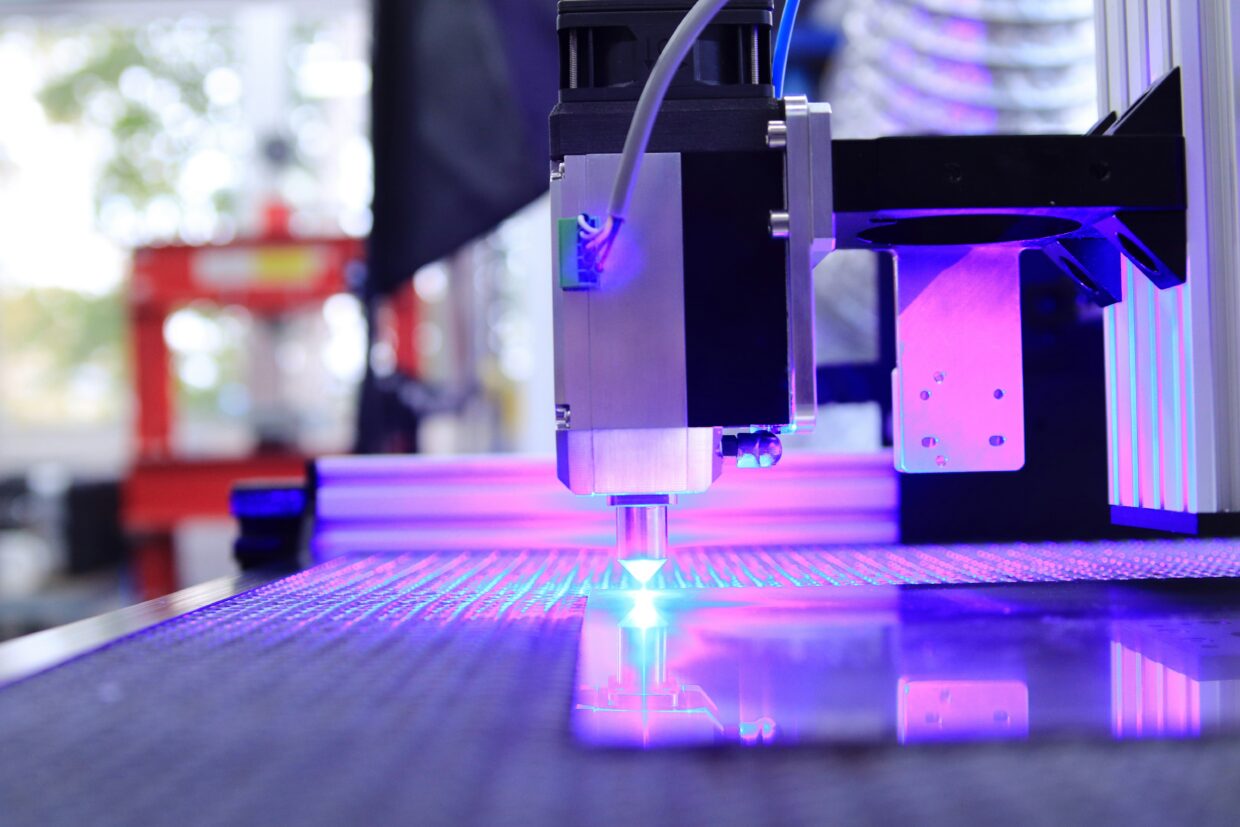
About Ultimate 3D
Learn everything there is to know about 3D Printers and the different components and printing materials.
Site Links
Copyright 2024 Ultimate 3D



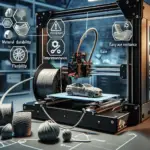
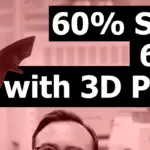
Be the first to leave a comment